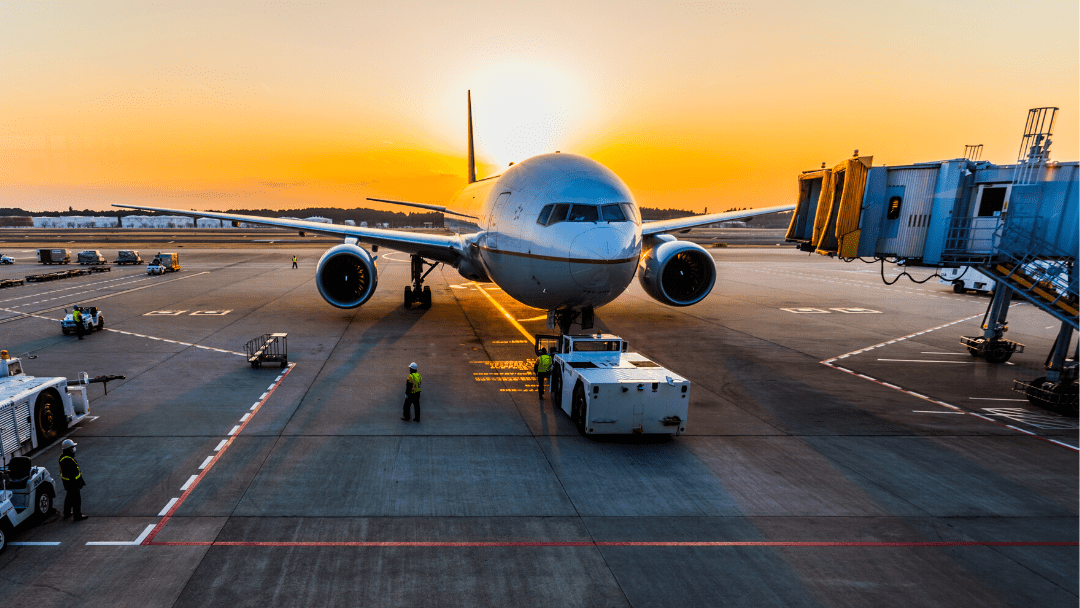The merging of telecommunications and informatics seems to be an ever-evolving sector as it continues to impress business owners across various industries. While it may be apparent of how it’s used for location tracking and maintenance monitoring in the trucking and logistics sector, it’s time to highlight its use in aviation. Similar to other industries, leading aviation and ground service crews use the technology in ways similar to fleet managers as the outcomes are as equally beneficial.
Where Did Telematics Originate From?
When telematics technology was first being developed in the 1960s, it was initially used by the U.S. Department of Defense to aid in the position tracking of varying assets in addition to being a way to improve communication on the battlefield. However, as time continued and the technology evolved, leaders in other industries saw the potential of telematics elsewhere. When discussing airports and aviation, focus is greatly on the GPS tracking, asset monitoring and communication features.
Below are two examples that speak to the beneficial outcomes that resulted from aviation and ground service crews investing in telematics on runways.
Why Aviation and Ground Services Continue to Implement Telematics Technology
Ensure Cost-Effective Utilization & Efficiency
When large quantities of data are collected in real-time, immediate decisions can be made. That is especially true when airports utilize telematics solutions for the purpose of resource management and productivity. From monitoring fuel usage to asset location, beacons and sensors can be installed to track nearly every aspect of aircraft operations. Ultimately allowing officials to allocate employees and equipment properly to achieve maximum productivity, as well as being able to monitor and report on their efforts.
A common and well-known example of this is allocating vehicles to complete tasks in relation to proximity and location. Meaning, when a specific type of vehicle is requested, officials can deploy an available vehicle that is closest. Allowing for fuel, physical resources as well as personnel to be used efficiently. If GPS tracking was not used, airports would risk sending vehicles that are much farther than others, causing them to waste time and resources.
This is evident when deicing vehicles are required to spray aircrafts with a mixture of hot water and propylene glycol during the winter months. If a deicing vehicle is requested, it’s important to not only send the closest vehicle to the aircraft, but send a vehicle that has enough of the deicing fluid to complete the job. Both of these requirements are trackable by custom telematics solutions. However, when telematics technology is not used, airports risk using additional and unnecessary resources or equipment. This is simply because they were unaware and unable to track the most efficient way to complete the assigned task.
Verify Safety Protocol
Telematics solutions are also highlighted as a means to increase and maintain safety within certain industries. This is true within the aviation sector as technology can not only be leveraged to track both employees and assets but to ensure safety protocol is followed.
An example that highlights telematics technology aiding in the safety of aviation teams is how the technology can be used to track the efforts of employees on runways. Meaning, managers and officials can always have real-time updates about where individuals are located. So if they see that an employee is operating a vehicle in an unauthorized zone, they can make communication not only with the individual in the unauthorized zone, but with others around them to stop any activity that may accidentally harm the individual. Additionally, telematics can be used to track the driving behaviours of employees using company vehicles as many airports require drivers to authenticate who is in the driver’s seat. Meaning, sharp turns, speeding, or other dangerous behaviours can be recorded, addressed and monitored. Allowing for accidents and incidents on runways as well as the surrounding property to be drastically lowered.
For more information about telematics and government services, visit: https://www.gofleet.com/government-services/airport/
